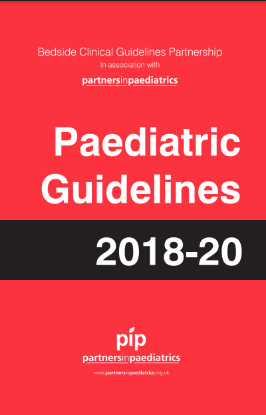
Ebook Info
- Published:
- Number of pages:
- Format: PDF
- File Size: 2.82 MB
- Authors:
Description
The management of patients with spinal conditions involves a team-based approach, with professionals and trainees contributing through their respective roles. As such, medical trainees need resources that enable them to quickly and adeptly learn spine “basics,” such as performing spinal examinations. This handbook is a concise, compact guide on key principles of spine surgical knowledge — from the atlanto-occipital joint to the coccyx. It provides both professionals and medical trainees with user-friendly, insightful text gleaned from the hands-on insights of seasoned spinal surgeons.
Reviews
Review Drs. Yellowlees and Shore, two of the leading experts in
telepsychiatry in the world, have written the definitive telepsychiatry
clinical guide for mental health clinicians. They conscientiously organized
the book by working closely with 30 other experts in telepsychiatry and
even served as co-authors of seven of 10 chapters. This book is the
ultimate guide for the field of telepsychiatry and we should all read it
since in the near future telepsychiatry will be the predominant treatment
modality. –Robert E. Hales, M.D., MBA, Distinguished Professor of Clinical
Psychiatry, Joe P. Tupin Endowed Chair, Department of Psychiatry and
Behavioral Sciences, University of California, Davis School of Medicine
From the Inside Flap Telepsychiatry and Health Technologies: A Guide for
Mental Health Professionals is a practical guide for psychiatrists and
other mental health professionals seeking to exploit the enormous potential
of today’s innovative digital technologies to improve the quality,
accessibility, and cost-effectiveness of care for patients with psychiatric
disorders. Taking the doctor–patient relationship as its consistent focus,
the book explores currently available mental health care delivery
technologies — from telephony, smartphones, and apps to e-mail, secure
texting, and videoconferencing — and offers practical advice to clinicians
on how best to make use of these tools to provide high-quality care to
their patients. Beginning with an overview of current psychiatric practice,
the authors cover the broader context of telepsychiatry, including its
history and evidence base; give specific guidance on setting up and
managing a telepsychiatry practice; and discuss in-person, online, and
hybrid models of care, as well as data collection, electronic records,
clinical documentation, and ethics. Foremost a clinical manual,
Telepsychiatry and Health Technologies: A Guide for Mental Health
Professionals argues that the sensible use of health care technologies will
reduce the current gap between mental health care supply and demand,
improve models of care delivery, and ultimately lead to better health for
more patients than traditional systems of care can provide. From the Back
Cover Telepsychiatry and Health Technologies: A Guide for Mental Health
Professionals is a practical guide for psychiatrists and other mental
health professionals seeking to exploit the enormous potential of today’s
innovative digital technologies to improve the quality, accessibility, and
cost-effectiveness of care for patients with psychiatric disorders. Taking
the doctor-patient relationship as its consistent focus, the book explores
currently available mental health care delivery technologies–from
telephony, smartphones, and apps to e-mail, secure texting, and
videoconferencing–and offers practical advice to clinicians on how best to
make use of these tools to provide high-quality care to their patients.
Beginning with an overview of current psychiatric practice, the authors
cover the broader context of telepsychiatry, including its history and
evidence base; give specific guidance on setting up and managing a
telepsychiatry practice; and discuss in-person, online, and hybrid models
of care, as well as data collection, electronic records, clinical
documentation, and ethics. Foremost a clinical manual, Telepsychiatry and
Health Technologies: A Guide for Mental Health Professionals argues that
the sensible use of health care technologies will reduce the current gap
between mental health care supply and demand, improve models of care
delivery, and ultimately lead to better health for more patients than
traditional systems of care can provide.
Free Download